‘Door Head Ants’ Use Their Large Flat Heads as Doors to Shut Down Their Nests
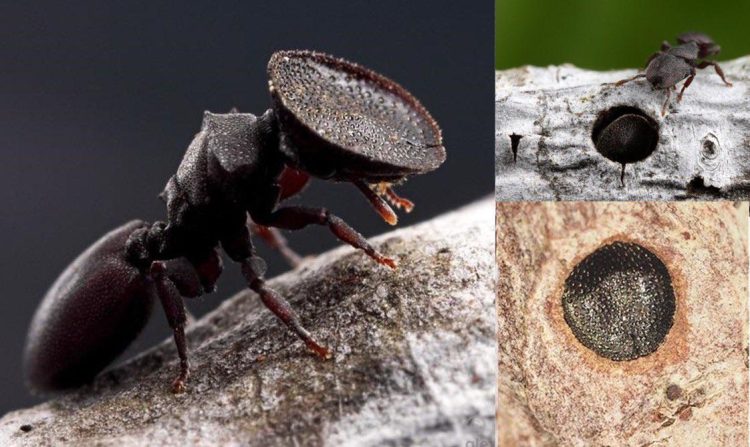
The workers of several ant species have large, flattened, and slightly concave heads that they use as plugs to block entrance to their colonies’ nests. The so-called ‘door head ants’ are soldier ants with armored heads that match both the size and the shape of the entrance to their colonies’ nests almost to perfection. They […]
Vulture Bees Feed on Dead Flesh Rather Than Nectar, Still Produce Sweet Honey
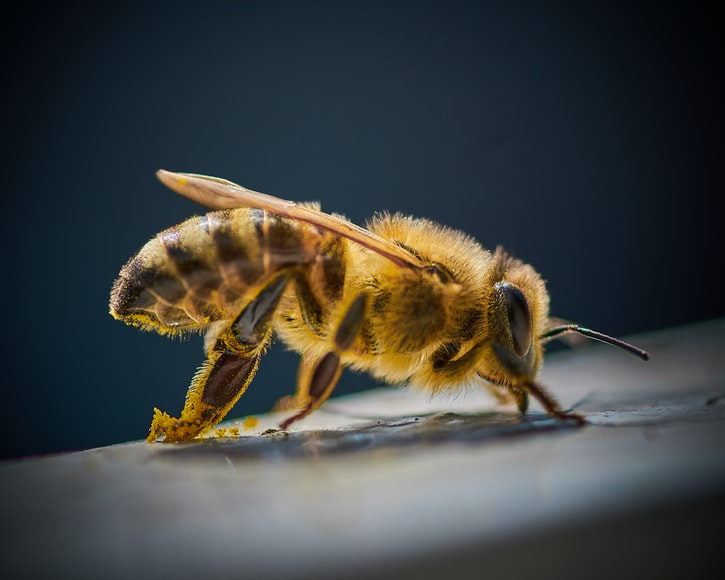
While the vast majority of bee species rely on the pollen and nectar of flowers for nutrients, a few so-called “vulture bees” have evolved to feast on carrion, just like vultures or hyenas. It was only a few decades ago that entomologists made the rather staggering discovery that not all bees feed on pollen and […]
This Giant Wasp Is Just a Harmless Moth in Disguise
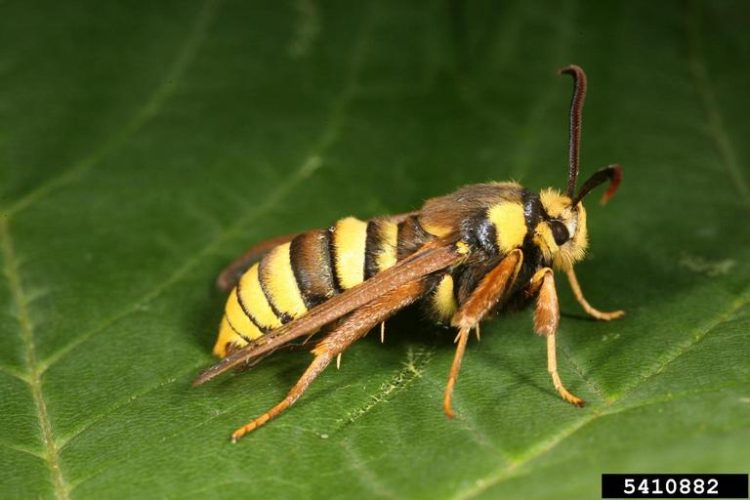
The European Hornet Moth (Sesia apiformis) looks terrifying at first glance, but its uncanny resemblance to a giant wasp is just an elaborate disguise meant to keep predators at bay. The hornet moth is a prime example of Batesian mimicry, a form of mimicry where a harmless species has evolved to imitate the look and/or […]
Devious Parasite Grants Host the Gift of Eternal Youth, But For a Price
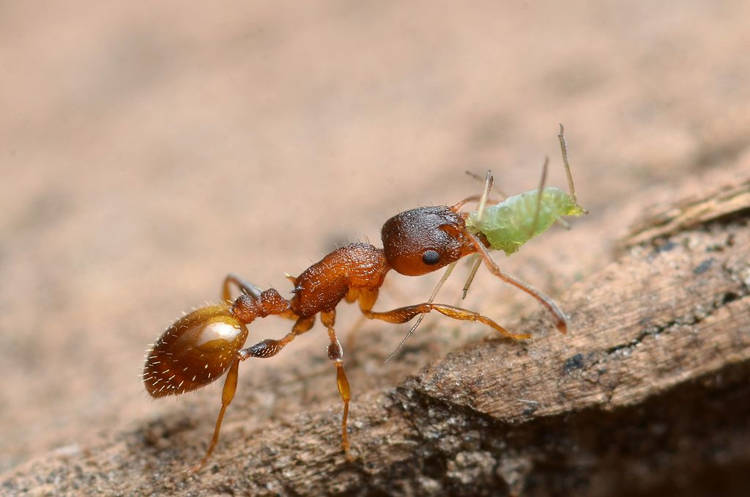
Scientists have discovered that Temnothorax ants infected by a certain tapeworm parasite can live at least three times longer than their uninfected peers while maintaining a youthful appearance and getting special treatment. A multi-year scientific study published in May of this year has revealed a phenomenon worthy of a science-fiction or fantasy blockbuster – a […]
The Brazilian Treehopper – The Most Alien-Looking Creature on Earth
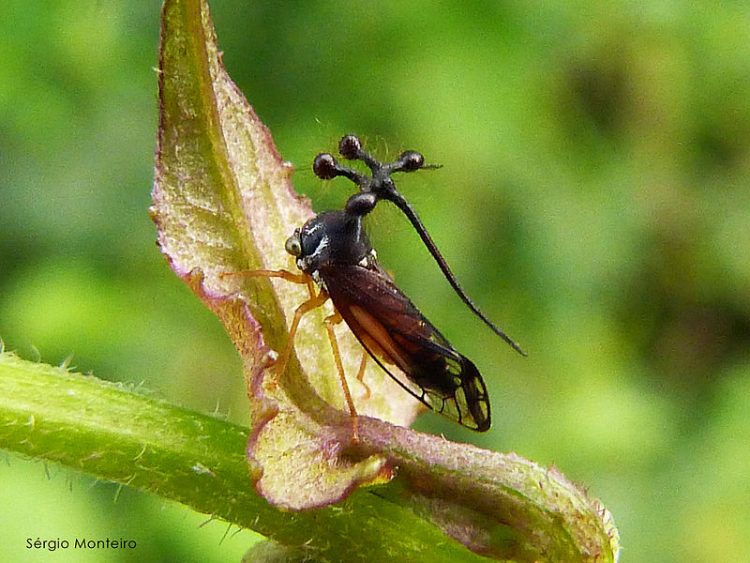
The Brazilian treehopper, a pea-sized, rainforest-dwelling insect that spends its days munching on treetop leaves, is almost certainly the most otherworldly-looking creature on our planet. From the double-nosed Andean tiger hound, to the painting-like “Picasso fish“, we’ve featured our share of strange-looking creatures on Oddity Central, but none of them come close to the bizarre […]
Sabethes – The World’s Most Beautiful Mosquito
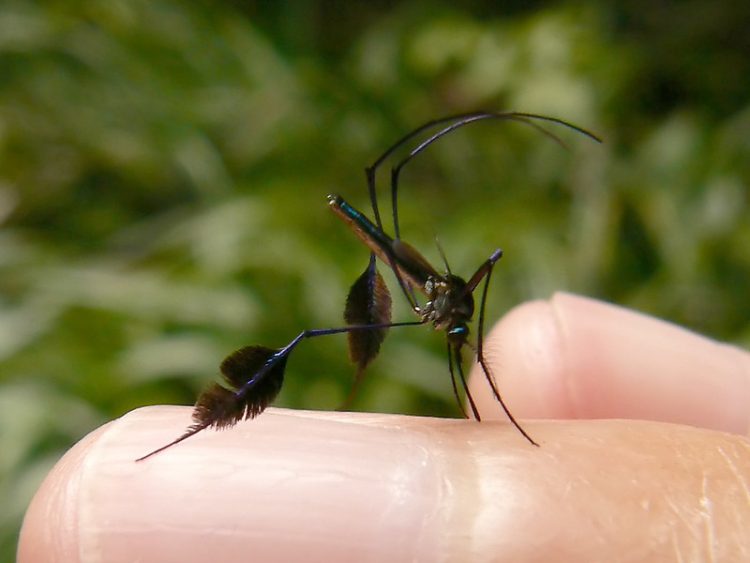
I can think of a few adjectives to describe mosquitoes, but ‘beautiful’ is definitely not one of them. However, there is one notable exception – Sabethes cyaneus, a tropical breed of mosquito that can certainly be called eye-catching. Found in the tropical forests of central and South America, the Sabethes mosquito is an elusive breed […]
Perfectly-Camouflaged Moth Looks Like a Twig Fragment
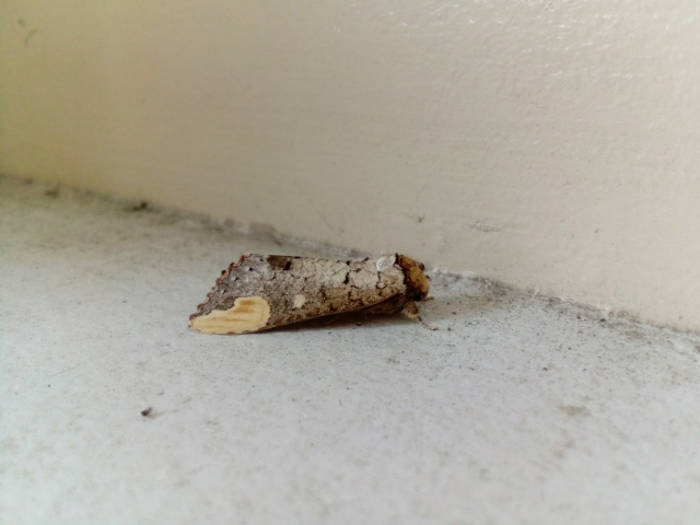
Tsumaki Shachihoko is a rare Japanese moth that features impressive natural camouflage which allows it to perfectly mimic small twigs in order to avoid predators. We’ve always found natural camouflage fascinating here at Oddity Central, and simply searching the term in our search box will yield over a dozen amazing examples of natural mimics. Today […]
Man Sees Injured Cockroach on the Street, Takes It to the Vet for Emergency Treatment
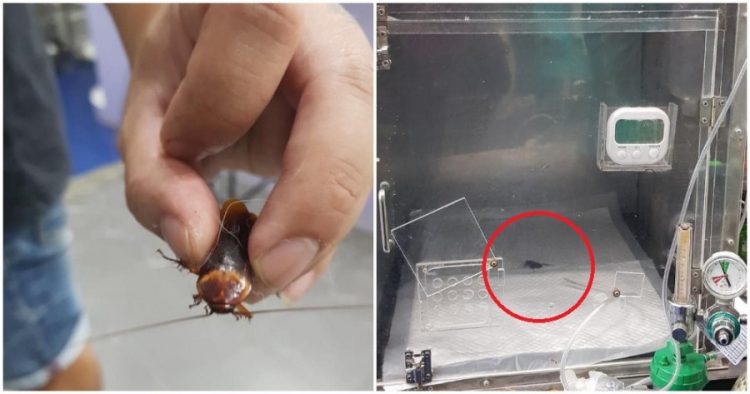
A Thai doctor recently took to Facebook to share photos of a rather unusual patient – a cockroach that someone spotted on the side of the road after being stepped on. Last week, Thanu Limpapattanawanich, a veterinarian from Krathum Baen, in Thailand, found himself having to save the life of a very special patient. A […]
This Spider Masquerades as a Fallen Leaf to Avoid Predators
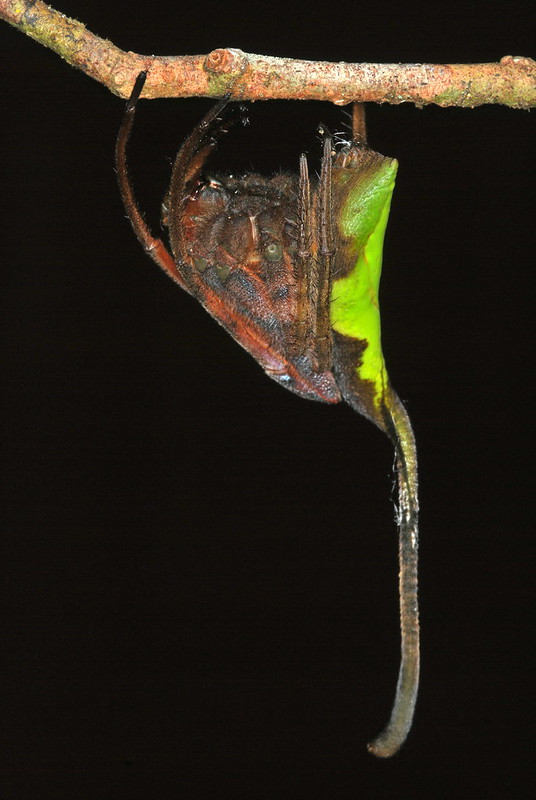
Poltys mouhoti, aka the Rolled-up Leaf Spider, is a fascinating arachnid that uses incredible camouflage to protect itself from predators during the day. Native to Vietnam, but also spotted in other Asian countries like Cambodia, Thailand or Malaysia, the aptly-named rolled-up leaf spider is part of the Poltys genus of spiders, which numbers 43 known […]
Thousands of Cockroaches Released in Restaurant to Settle Debt Dispute
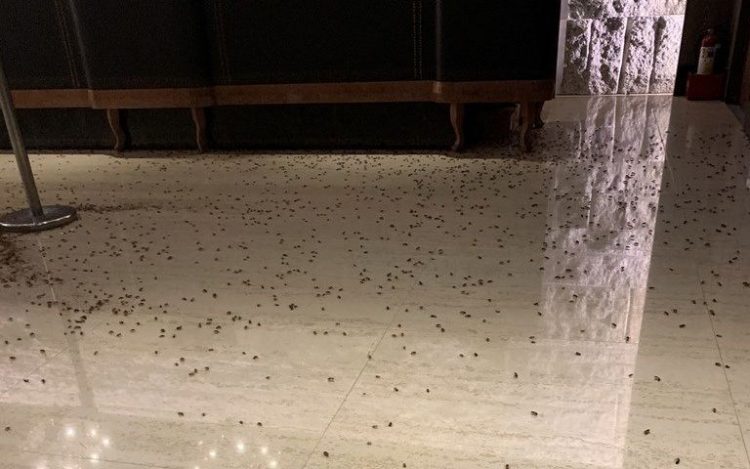
Patrons at a restaurant in Taipei, were recently shocked to see cockroaches crawling all over the place after thousands of them were released on the premises by two masked men. On May 4th, two masked men entered the G House Taipei restaurant holding large bags filled with over 1,000 cockroaches, which they simply released at […]
This Caterpillar Mimics a Scary Skull to Keep Predators at Bay
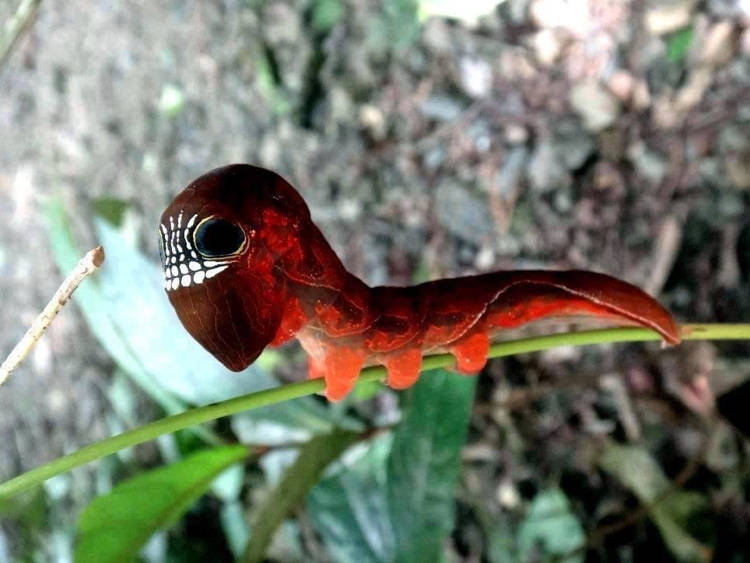
The caterpillar of the rare pink underwing moth has a very peculiar defense mechanism. When disturbed, it suddenly arches its back to reveal a pair of large, frightening eyes and what looks like a two rows of barred teeth. The pink underwing moth is a rare and enigmatic insect found from subtropical New South Wales […]
Golden Tortoise Beetles – Nature’s Living Jewels
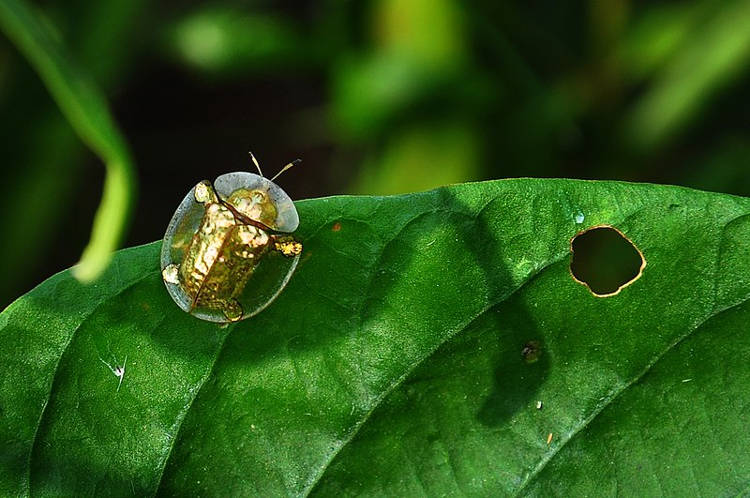
Ever seen a tortoise the size of a fly? How about a golden one that can actually fly? Well, today’s your lucky day, as you get to discover one of nature’s shiny treasures – the golden tortoise beetle. Before you open a fresh tab to search if these adorable critters are real or just the […]
Australian Woman Photographs Moth Larger Than Her Hand
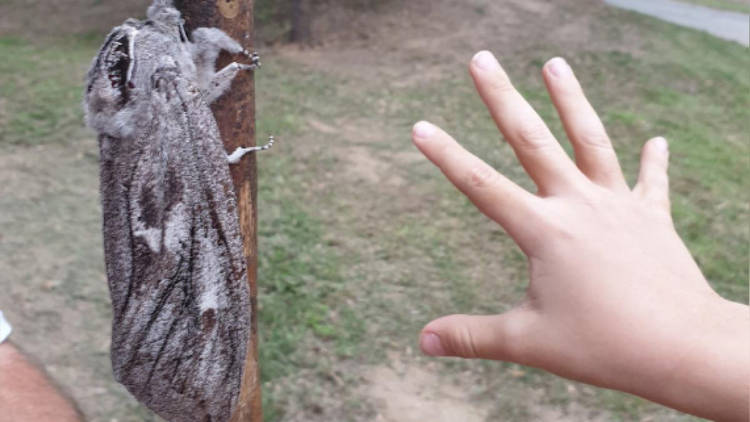
An Australian woman recently took to Facebook to share photos of a giant moth she stumbled across in outside of Brisbane. Pam Taylor posted the first photos of the frighteningly large insect on the Amateur Entomology Australia group, on February 23. The pics showed a huge grey moth clinging to a tree branch. To show […]
This Beetle Can Survive Being Run Over by a Car
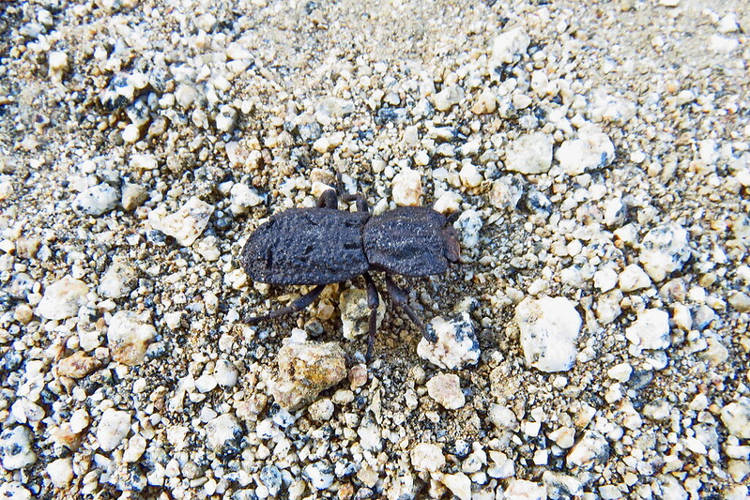
The Diabolical Ironclad Beetle is one of the most resilient beings on the planet. Its protective shell can withstand forces that would pulverize most other living things. In 2015, when entomologists told Jesus Rivera that a beetle found primarily on the west coast of North America had this “superpower” that allowed it to survive being […]
Artist Bring Dead Bugs Back to Life as Otherworldly Insect Fairies
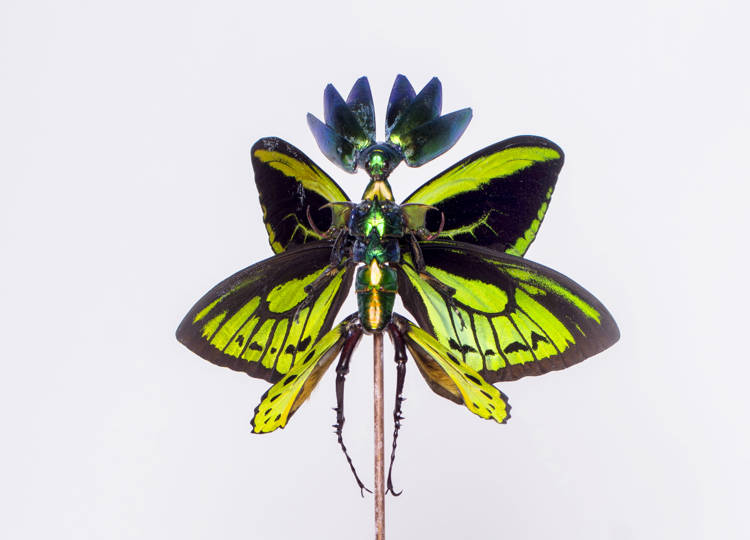
Amsterdam-based artist Cedric Laquieze creates creates eerie yet intriguing sculptures of fairies by piecing together various dead insect parts. Over the last 20 years, Cedric Laquieze has created hundreds of unique insect fairies by piecing together bug parts that complement each other in terms of color and texture. He collects dead insects specimens given to […]
